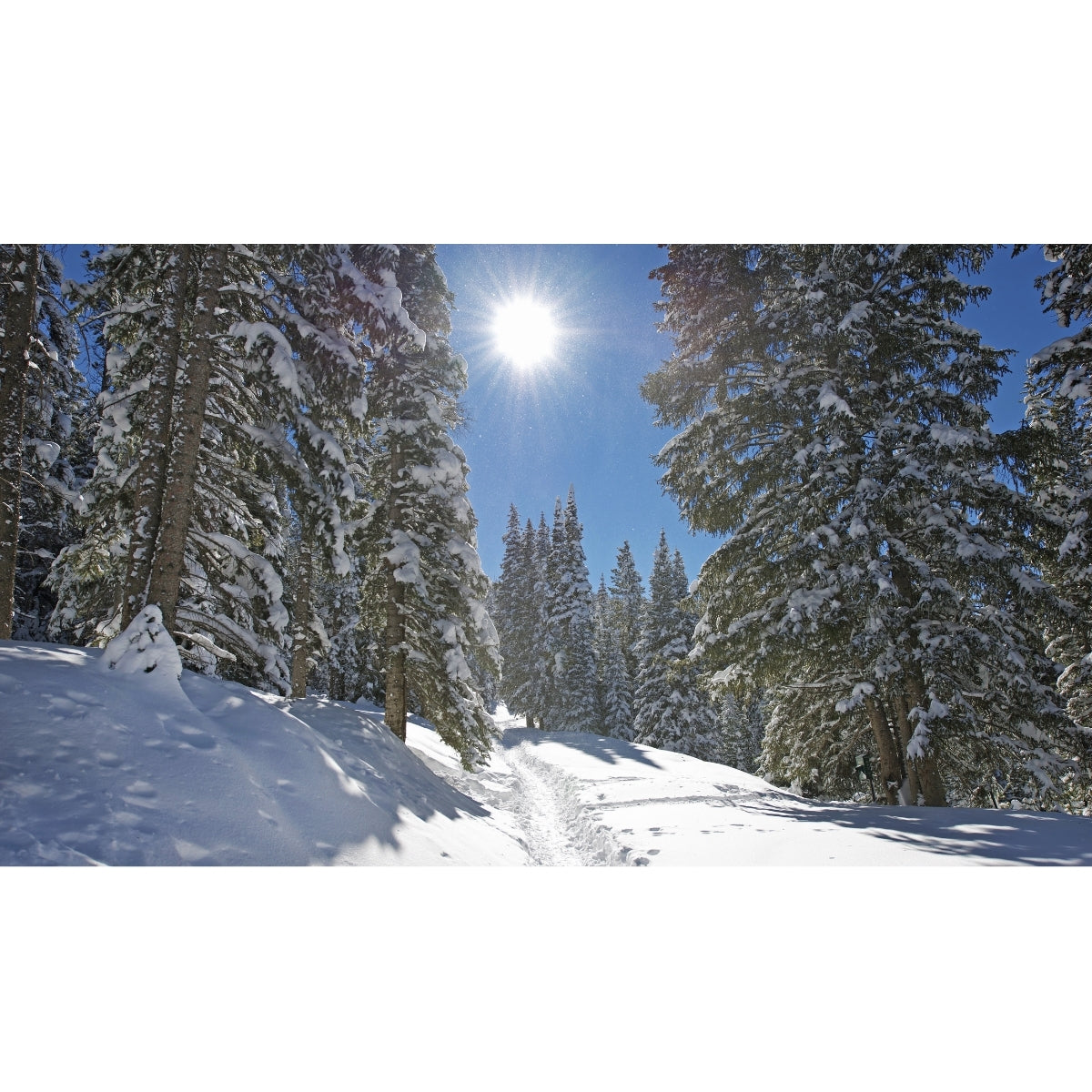Why Winter Maintenance is Crucial for E-Motos
Winter elements like snow, ice, and freezing temperatures can stress e-motos more. Exposure to these conditions affects battery life, traction, and component performance. By practicing proactive maintenance, you’ll extend the life of your e-moto, ensure optimal performance, and stay safe on the road.
Essential Tools for E-Moto Winter Maintenance
To keep your e-moto in excellent shape throughout winter, gather these essential tools:
- Cleaning Supplies: Mild solvents, microfiber cloths, anti-rust sprays, and a soft-bristle brush are perfect for cleaning winter grime off your bike.
- Battery Care Tools: A reliable charger, battery protectors, and insulators can help your battery withstand cold temperatures.
- Storage Equipment: Use a motorcycle stand to prevent flat spots on tires and a high-quality cover to keep moisture and dust away.
Battery Maintenance Tips for Cold Weather
Understanding Battery Behavior in Low Temperatures
Batteries are highly sensitive to cold, which can reduce their efficiency and range. For e-motos, this means shorter rides and potential performance issues. Lithium-ion batteries, commonly used in electric motorcycles, tend to lose charge faster in lower temperatures.
Optimal Charging Practices
Always charge your e-moto’s battery indoors where it’s warmer. After a ride, let the battery warm to room temperature before charging to extend its lifespan. Avoid charging in sub-zero temperatures, as this can degrade the battery over time.
Storing the Battery When Not in Use
For extended storage periods, charge the battery to around 50-60% and store it indoors in a cool, dry place. Avoid direct heat sources, which can be as damaging as freezing temperatures.
Tire and Traction Tips for Winter Riding
Choosing Winter-Appropriate Tires
Switching to winter tires can make a big difference when riding on icy or snowy roads. Consider studded tires for better grip on frozen surfaces or fat tires for deeper snow. Always consult a local shop or manufacturer for tire recommendations suited to your model.
Maintaining Tire Pressure
Colder temperatures often lead to reduced tire pressure. Check your tires weekly and keep them properly inflated, as under-inflated tires lose traction more easily on icy surfaces.
Traction Enhancements
Consider tire adjustments like lowering air pressure slightly for increased contact with the ground.
Keeping E-Moto Electrical Components Safe
Protecting Against Moisture
Snow and ice can introduce moisture that damages electrical parts. Invest in waterproof coverings and use moisture-displacing sprays to dry components like connectors, wires, and switches.
Regular Checks of Electrical Connections
Check connections and cables frequently to ensure they are clean and free from rust or corrosion. If you spot any moisture, gently dry the area with a cloth before applying a protective spray.
Routine Cleaning and Rust Prevention
Cleaning Techniques for Winter Conditions
Regular cleaning is essential in winter to prevent rust and corrosion. Wipe down the bike after each ride to remove accumulated salt or debris. Avoid high-pressure water directly on the motor and battery components.
Applying Anti-Rust Products
Use an anti-rust product on exposed metal parts to create a protective barrier against moisture and salt. Products like ACF-50 or a similar anti-corrosion spray can keep your bike’s components rust-free.
Brake Maintenance for Winter Safety
Inspecting and Replacing Brake Pads
The cold can reduce brake efficiency, so inspect your brake pads regularly. Replace them if worn, and look for any moisture buildup around the brake calipers.
Adjusting Brake Tension
Adjusting brake tension is crucial for responsive braking on icy or wet roads. Ensure brakes respond promptly and smoothly before each ride, as winter conditions can impact brake performance.
Storage Solutions for Winter
Indoor vs. Outdoor Storage Options
Storing your e-moto indoors is ideal, as it offers protection from moisture and fluctuating temperatures. However, if indoor storage isn’t possible, invest in a high-quality, weatherproof cover and consider renting a storage unit with climate control.
Preparing Your Garage or Storage Space
Create an insulated storage area by sealing cracks and managing humidity. For best results, store your e-moto on a stand to keep it off the cold ground, which can lead to flat spots on tires over time.
Protective Gear for Winter Riding
Recommended Winter Riding Gear
When riding in cold weather, equip yourself with winter-specific gear like waterproof gloves, a jacket, and an insulated helmet. Look for materials that retain heat while wicking away moisture, such as wool or synthetic layers.
Enhancing Visibility in Low-Light Conditions
Winter days are shorter, so use reflective gear and add extra lighting to your e-moto for increased visibility. LED lights on your handlebars, helmet and reflective strips on your clothing help you stay seen by other vehicles.
Safety Tips for Winter Riding
Adjusting Your Riding Style for Winter Roads
Riding on winter roads requires a slower pace and cautious movements. Avoid sudden braking, accelerate gradually, and make wider turns to prevent skidding.
Avoiding Common Winter Riding Hazards
Look for black ice, snowbanks, and slush piles near intersections. Stay on main roads where the surfaces are more likely to be cleared and salted, and avoid riding during heavy snowfall.
Post-Ride Care for E-Motos in Winter
Proper Cleaning and Drying
After each ride, give your e-moto a quick wipe-down to remove any accumulated salt or debris. If left unchecked, moisture can damage the metal and electronic components.
Inspecting for Damage After Winter Rides
Inspect your e-moto after each ride, checking for any cracks, wear, or other damage that might have been caused by salt or icy conditions. Addressing minor issues immediately prevents larger, costly repairs.
FAQs on Winter E-Moto Maintenance
Q1: How often should I check my e-moto during winter?
Ideally, check key components like tires, brakes, and battery levels before every ride and give a more comprehensive check weekly.
Q2: Can I ride my e-moto in the snow safely?
Yes, but ensure you have winter tires and follow safe riding techniques. Avoid riding during extreme weather conditions.
Q3: How can I increase my e-moto’s battery life in cold weather?
Store and charge your battery in a warmer environment, and avoid charging immediately after a ride.
Q4: Do I need special tires for winter riding?
Winter or studded tires provide a better grip on snow and ice, enhancing safety.
Q5: What storage practices are best for long winters?
If possible, store your e-moto indoors at a half-charged battery level. Use a protective cover to shield it from moisture and dust.
Taking these steps can help your e-moto withstand winter conditions and perform optimally when spring arrives. For additional accessories or winter-specific parts, visit our online store. With the proper care, your e-moto will stay road-ready and safe through every season.


